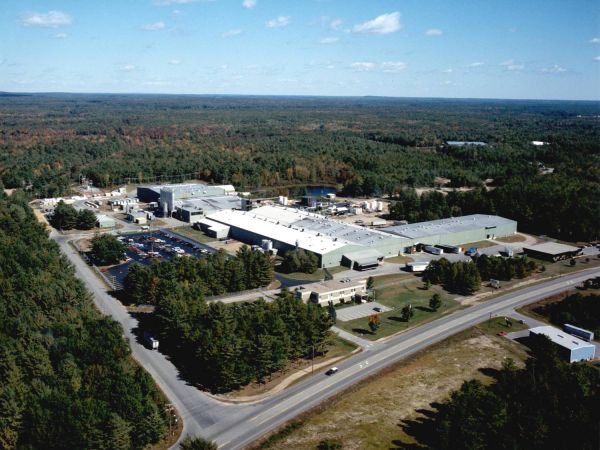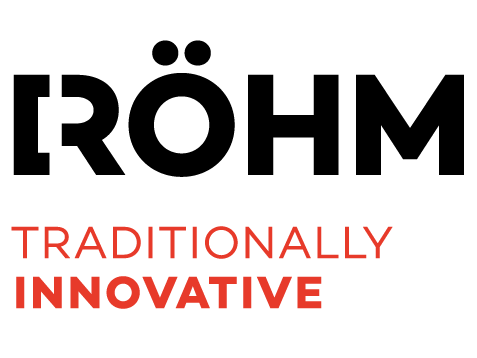ACRYLITE®
ACRYLITE® acrylic products are characterized by their outstanding weather resistance, superior impact strength and high optical quality. Designers, fabricators, architects, engineers and end-users have come to rely on ACRYLITE® sheet products to meet their unique challenges in a broad range of markets including P-O-P displays, store fixtures, conservation glazing, architectural interior, furniture, greenhouses, aircraft glazing and security applications.
Since the grand discovery of PLEXIGLAS® acrylic back in 1933 from our forefather, Otto Röhm, we have been a consistent force in the plastics industry. We have learned that consistent innovation is what's needed in a world that’s constantly changing – and that is what we do. We find our purpose in providing our customers with answers to the many challenges that arise in our ever-evolving world.
With our versatile and constantly growing range of functionalities, combined with our durability and environmental compatibility, we are considered one of the most precious plastics and indispensable partners for the creation of ingenious products. Our dedication to providing our customers with revolutionary acrylic material built to inspire, in turn helps to shape the future.


